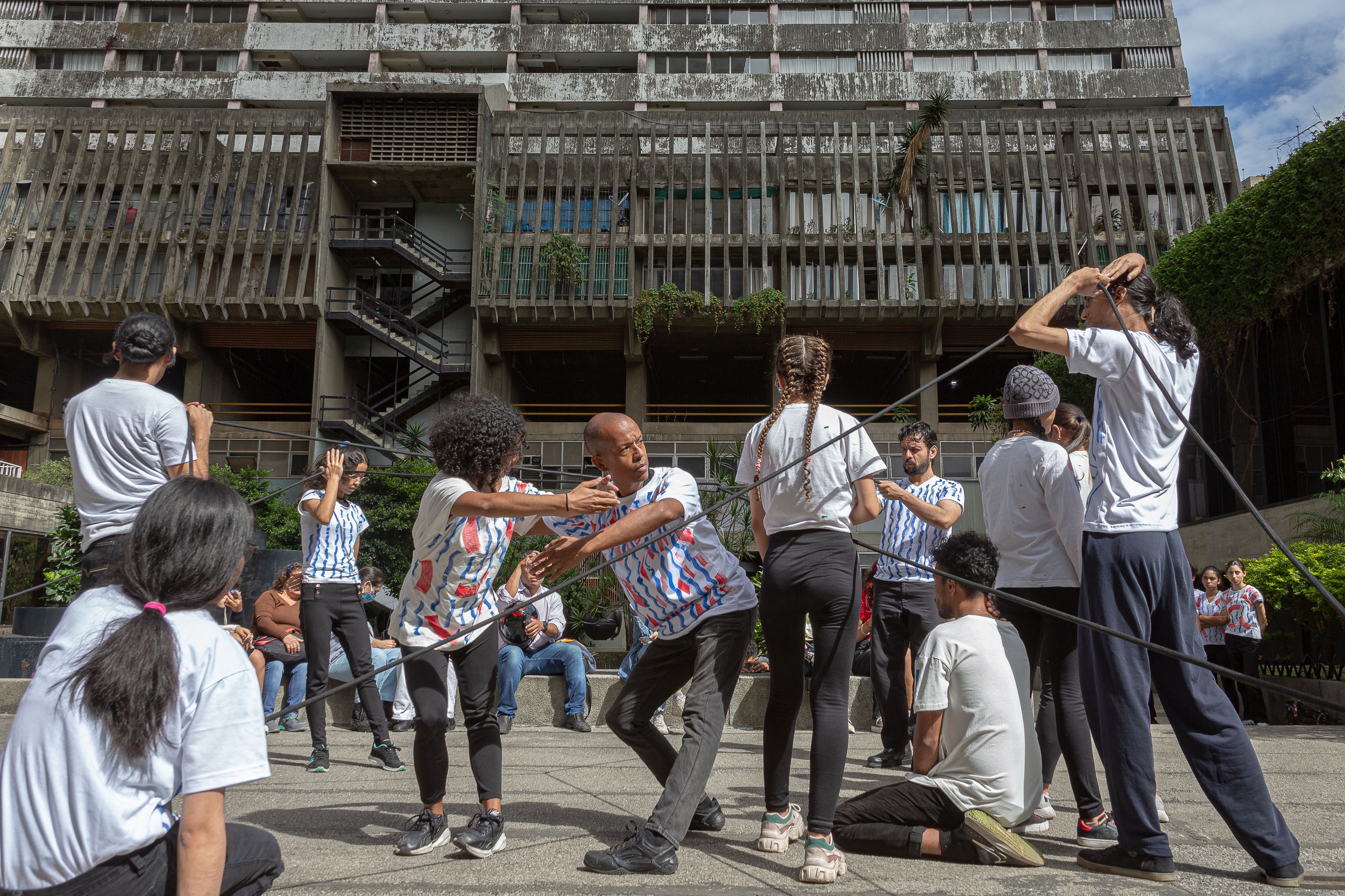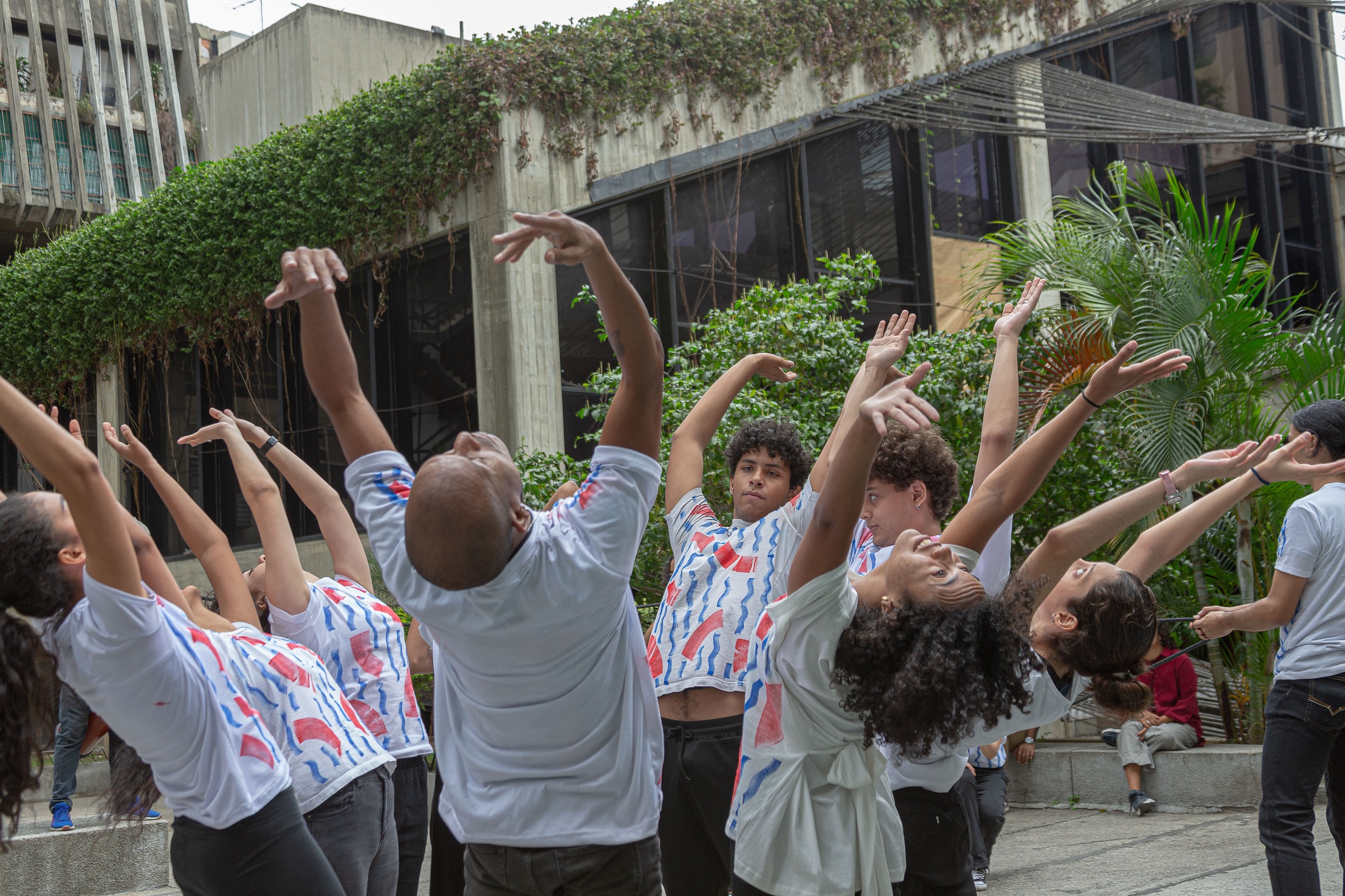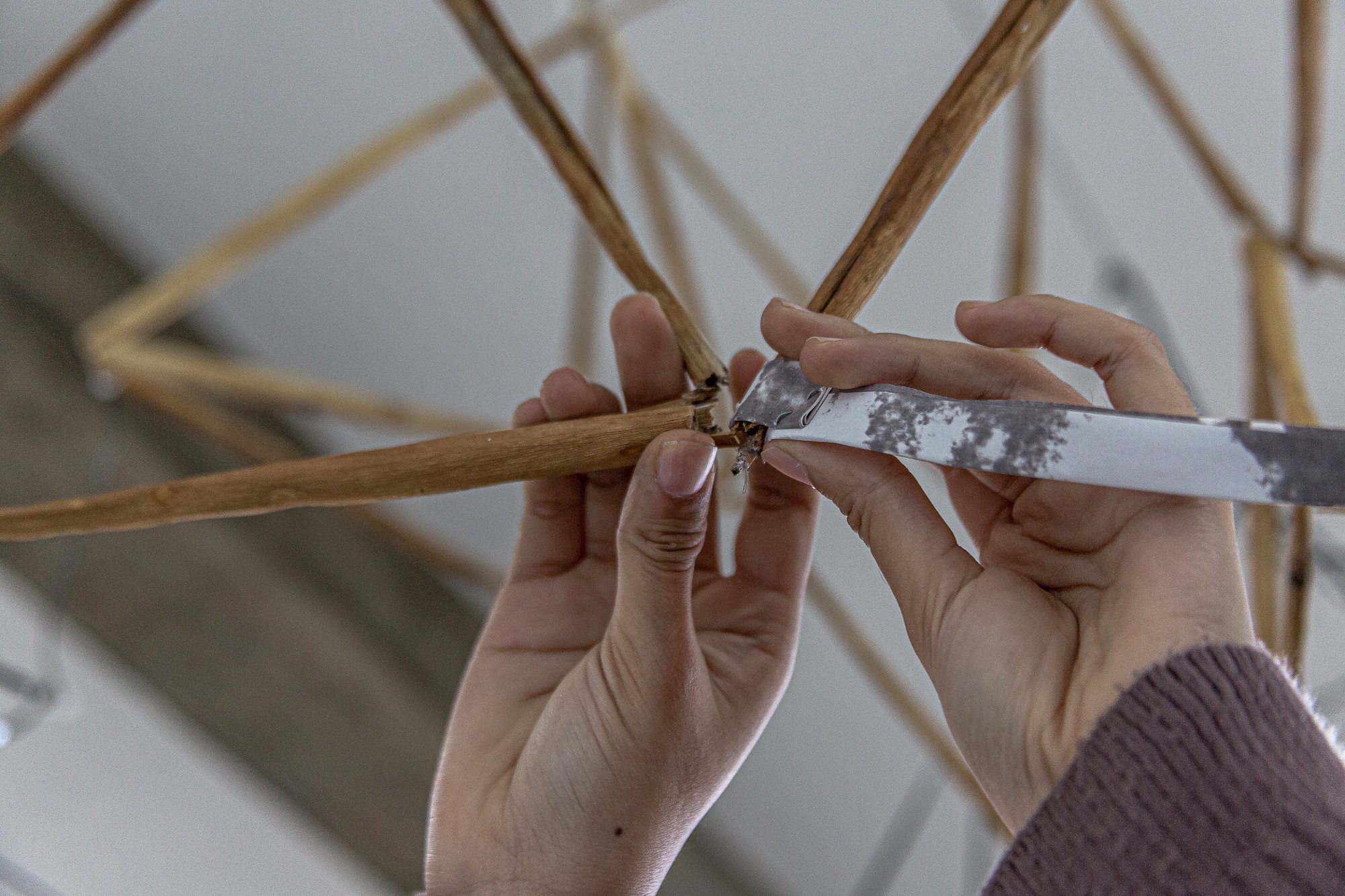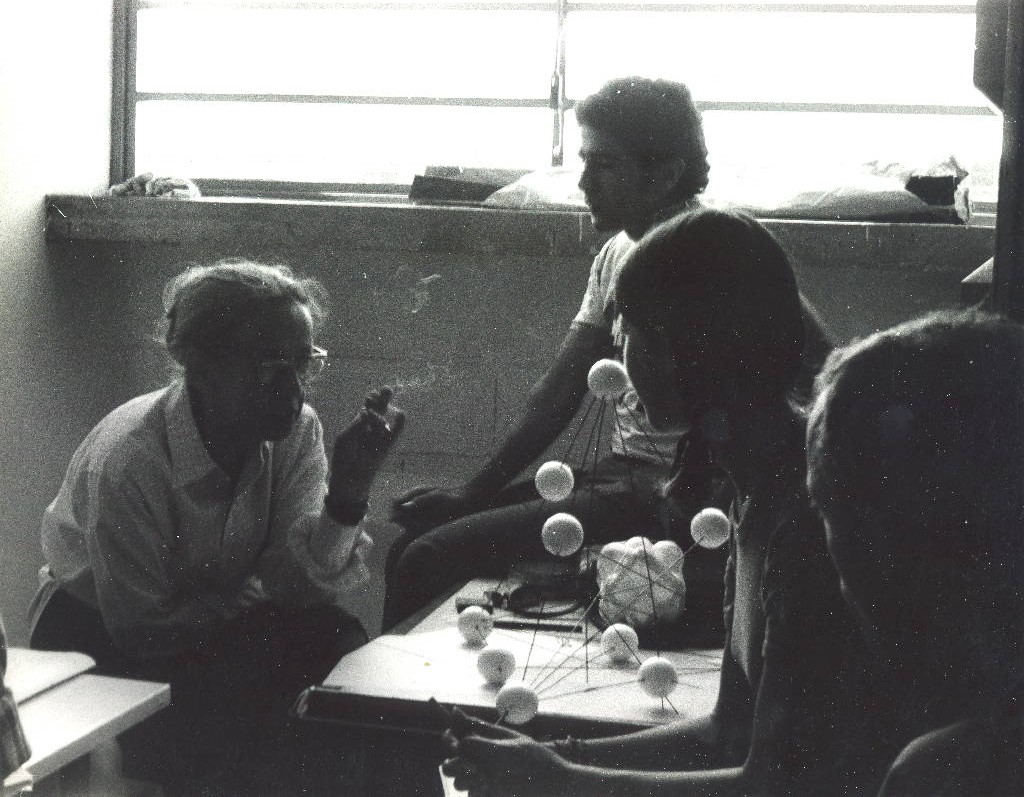How to Draw a Choreography?
past
Caracas
2023—II
11/27/2023 — 12/10/2023
Formative project curated by Stefanie Reisinger, developed in alliance with the Goethe-Institut Venezuela, in collaboration with the Fundación Sonia Sanoja – Alfredo Silva Estrada; with the participation of professors and students of Taller X of the Faculty of Architecture and Urbanism of the Central University of Venezuela, and the community cultural association 100% San Agustín.
The CLASSROOM proposed by Sol Calero in collaboration with Heysell Leal is conceived of as an exploration around the "dance of an architecture": taking architectural concepts such as column, arch, and window as a point of departure, the exercises and practices carried out with architecture and live arts students intend to draw a choreography thought from the materiality of space.
"To dance is to build. To create something solid from which to contemplate and explore the infinity. My body creates a hole in the air. If I move, I create a space of holes. A dense block of holes; that is dance."
From an abstract and conceptual approach, in this collaboration between Germany-based Venezuelan visual artist Sol Calero and Venezuelan choreographer and dancer Heysell Leal, participants will work on spatial, formal and movement concepts based on the notions of participation, collaboration, and learning. They will do so taking the values developed in the prolific collaborative relationship between artists Gego and Sonia Sanoja as a reference. Together with professors Diego González, Juan Pablo Camacho and José Antonio Guinand, they will develop research in a two-week workshop at the FAU UCV, which will temporarily manifest in performative ‘actuaciones’ at the Parque Central residential complex in Caracas. This will be carried out thanks to the support of the social initiative 100% San Agustín.
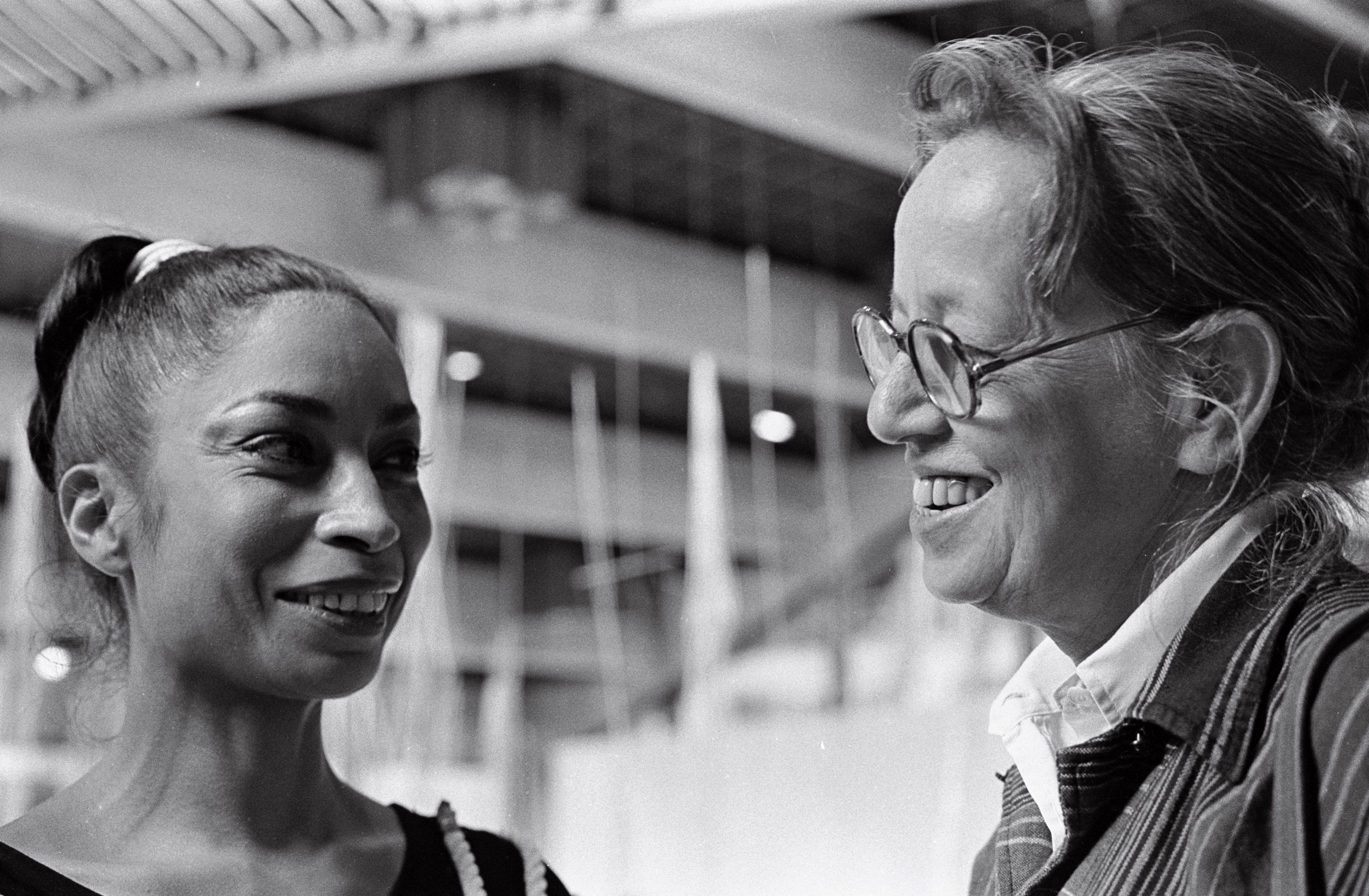


The formative project How to draw a choreography? is developed through a collaborative exchange of ideas between Sol Calero, Heysell Leal, and Stefanie Reisinger. Starting from a shared interest in architectural spaces, understood as social environments through bodily experiences, and the notion of movement that completes the built spaces. With historical reference to the early 1970s—when informal collaborations seem to have been a vital resource for artistic projects in Caracas—this project aims to examine the contemporary potentials of informal collaborative work strategies between artists, performers, art historians, professors, and students.
"Together, we wanted to see where these strategies could take us in our respective practices, and discover how they can contribute to new ways of building, inhabiting, interpreting, and experiencing architectural environments, as well as works in public spaces as social places of exchange, community, and artistic collaboration."
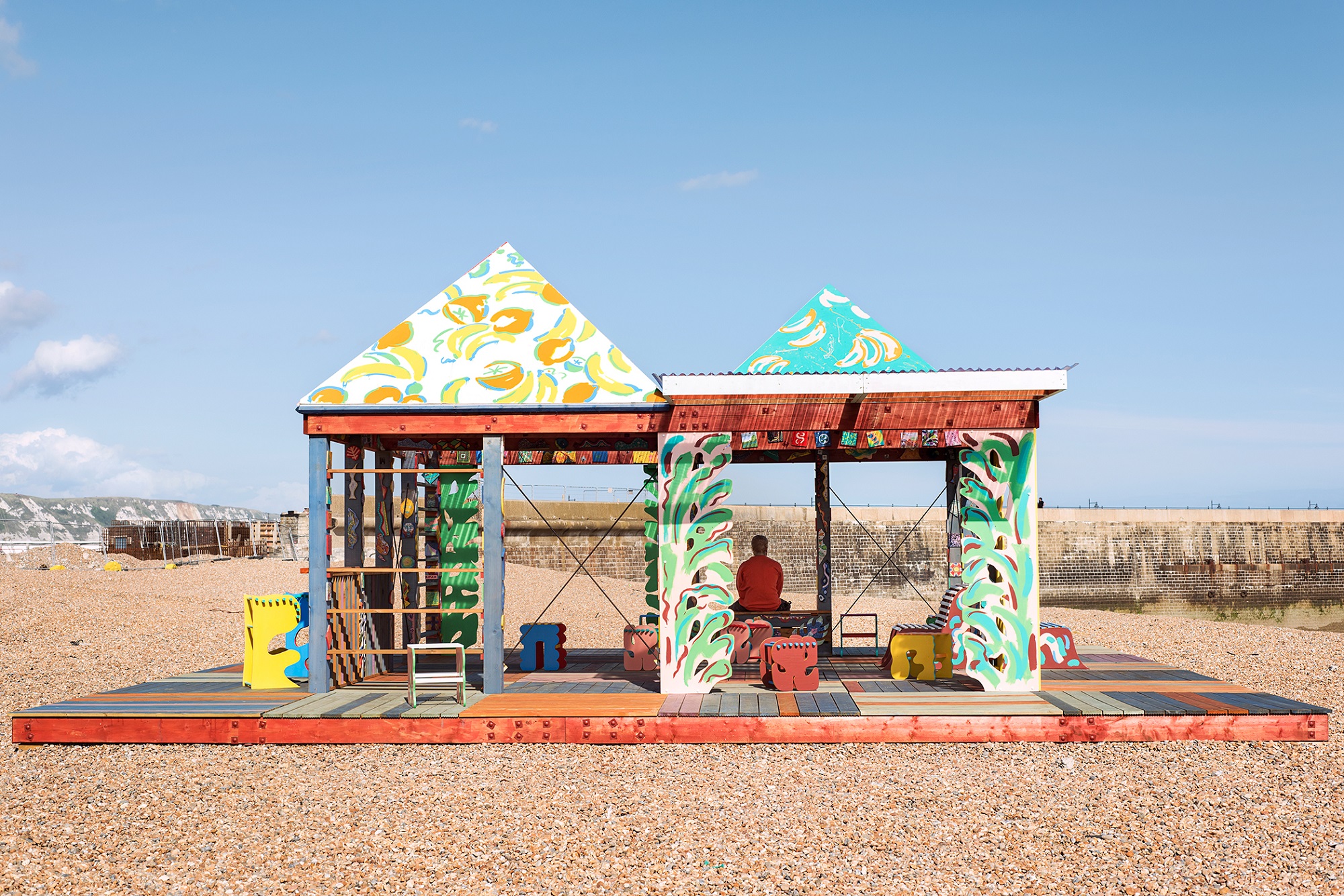


PERFORMATIVE IN–FORMATION – informing through collaboration and performance
by Stefanie Reisinger
With this project we aim to access knowledge of activities and processes that originated from the informal collaboration between the German-Venezuelan artist and architect Gego, and the Venezuelan dancer and choreographer Sonia Sanoja. Their aesthetic ideals culminated in Coreogegos (1977), an experimental integration of movement, body, and spatiality. Through collective and collaborative exercises, the project also revisits pedagogical practices developed between Gego and her students at the Instituto de Diseño Fundación Neumann, with whom Gego worked on geometric experimental studies that would provide the intellectual basis for her installative exhibition concept, and who, at times, helped to install and build works.
However, rather than reproducing objects or restaging a performance, we collectively seek to access strategies and processes of forming something (something being in formation) and informing (exchange of knowledge as a performative act) to collaborate informally and create a temporary ‘actuación’—a term used by Sanoja to describe her work.
This collaborative method, I argue, was vital for Gego’s and Sonia’s work process, and can be described as performative in-formation—as was working with one’s own hands and body to translate conceptual ideas into physical appearance (object) and then again transform them into a fleeting, ephemeral experience (transparency and ‘actuación’).
To achieve this, we invite Berlin-based Venezuelan artist Sol Calero and Caracas-based choreographer Heysell Leal to provide a concept that encourages students creatively in the spirit of a performative in-formation. It is an extension of Gego’s and Sanoja’s collaboration, revisited through a contemporary lens and recontextualised in the given space that has since changed drastically.
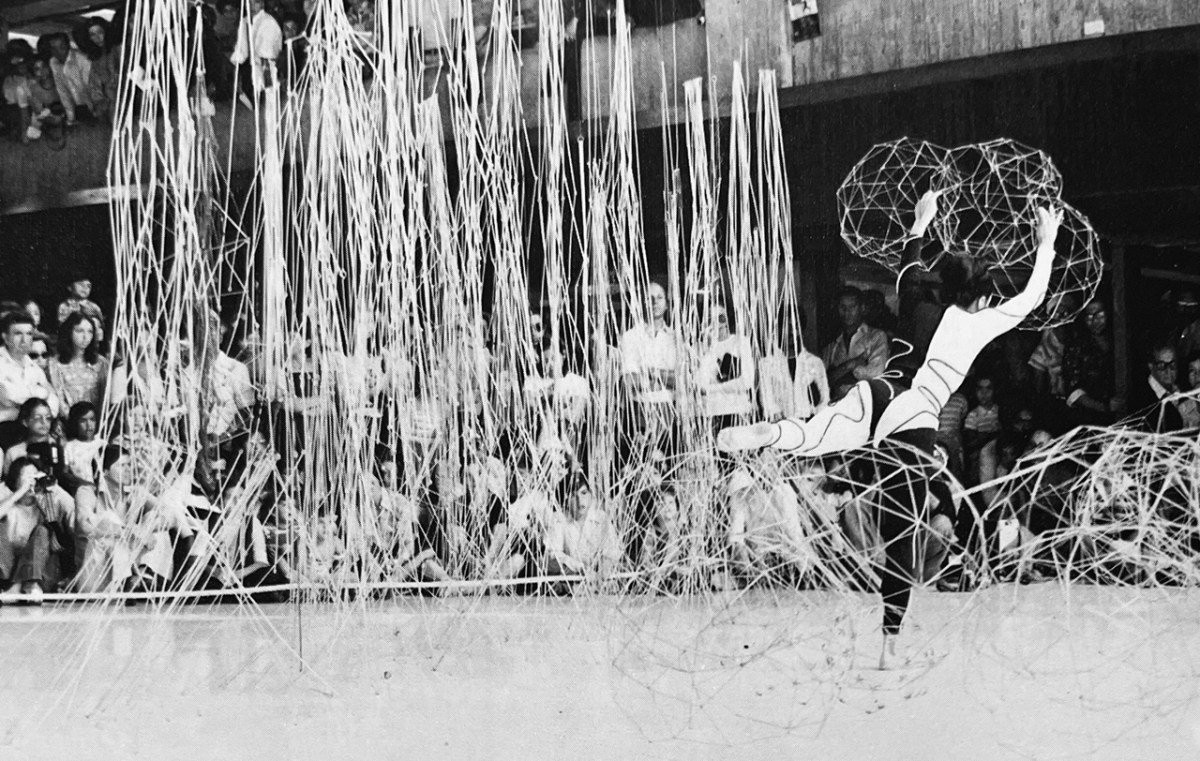
Connecting then and now
It is important to connect both the historical references and practices with the present project without endangering its own integrity and autonomy. Hence, in addition to the pedagogical approach of the performative in-formation, to answer the question How to Draw a Choreography? we propose three important factors that will ensure a haptic and physical connection between the historical project and the proposed experimental workshop followed by an ‘actuación’: materials, spaces, and exchange of knowledge.
Therefore, while guaranteeing the artistic freedom to both Sol Calero and Heysell Leal, the materials rope, brick and color should be incorporated into their workshop activities and the collaborative creation of the final ‘actuación.’ Secondly, the ‘actuación’ should take place in the inner courtyard of the Parque Central–i. e. the outside area of the now partially closed Museo de Arte Contemporáneo de Caracas and right by Gego’s unmaintained and almost unrecognizable public work Cuerdas.
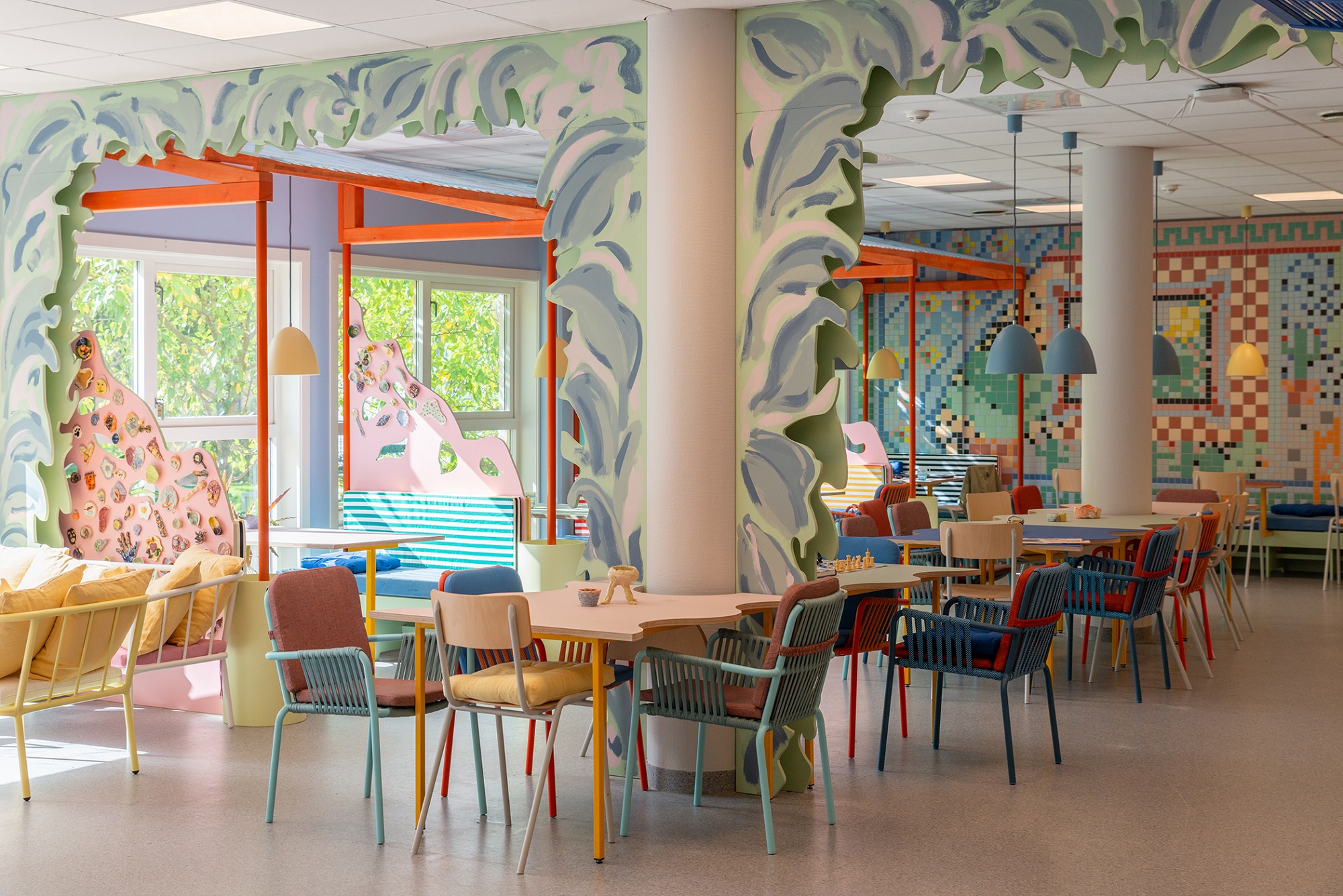



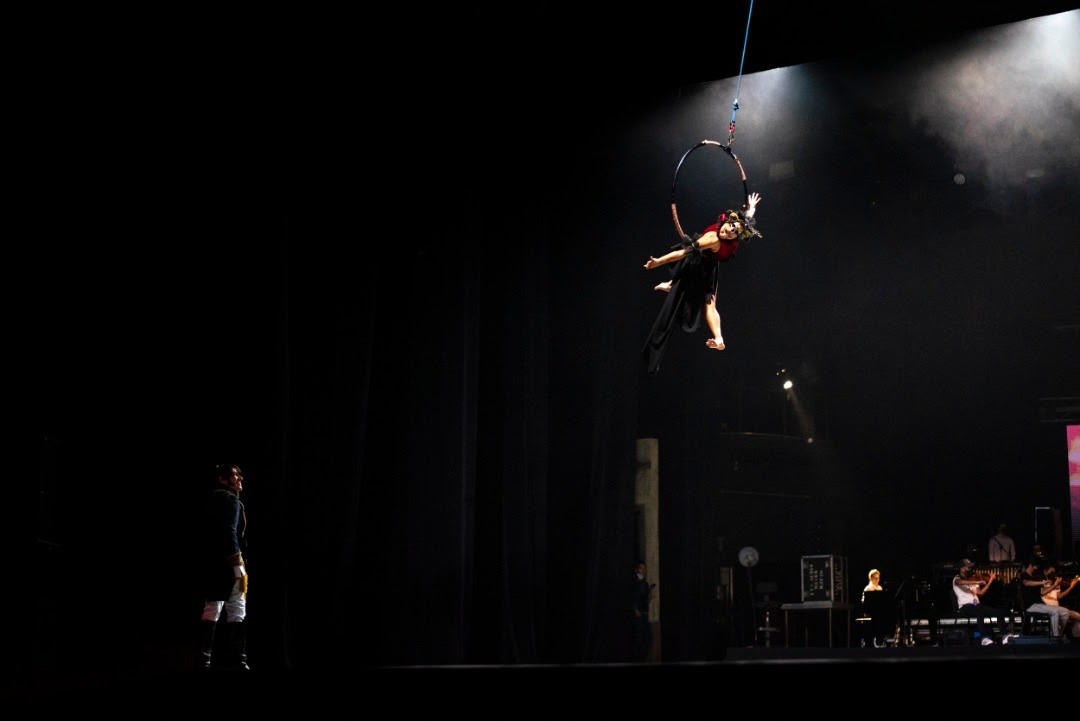
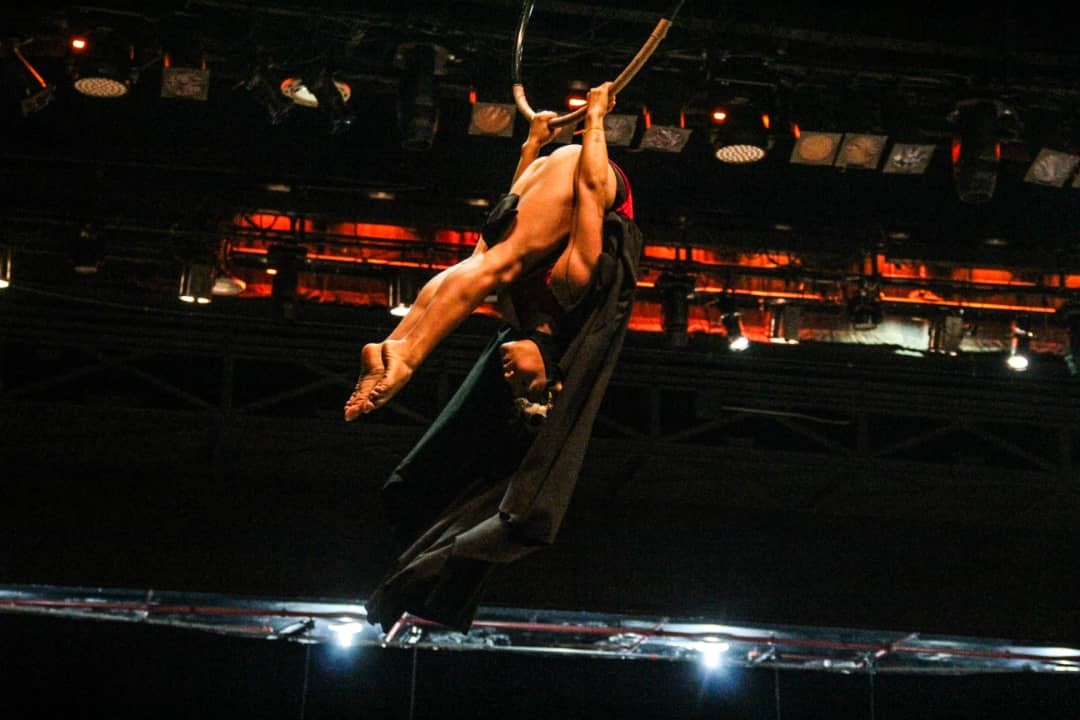

While considering the actual historic site of Gego’s and Sanoja’s collaborative project, we would like to bridge over to another area of the city that was historically shielded off from the city center through that very building development: San Agustín. The barrio of San Agustín, in turn, thanks to Reinaldo Mijares and his cultural program collective 100% San Agustín, has not only became one of the most important cultural hubs in Caracas for dance, music and street art, but was able to fulfill certain promises that the Parque Central project failed to: creating new ways of living together, by opening and sharing cultural and social spaces in the urban context. Following Mijares’ own words, it all started in a living room where— admittedly in a time of utmost violence in their neighborhood—it was agreed that for certain areas of San Agustín gunfights and street violence was to be put to rest and replaced by cultural projects focusing on the younger generation. It sounds like a naive dream that for one became lived reality. Collaboration is key.
'Actuación'
